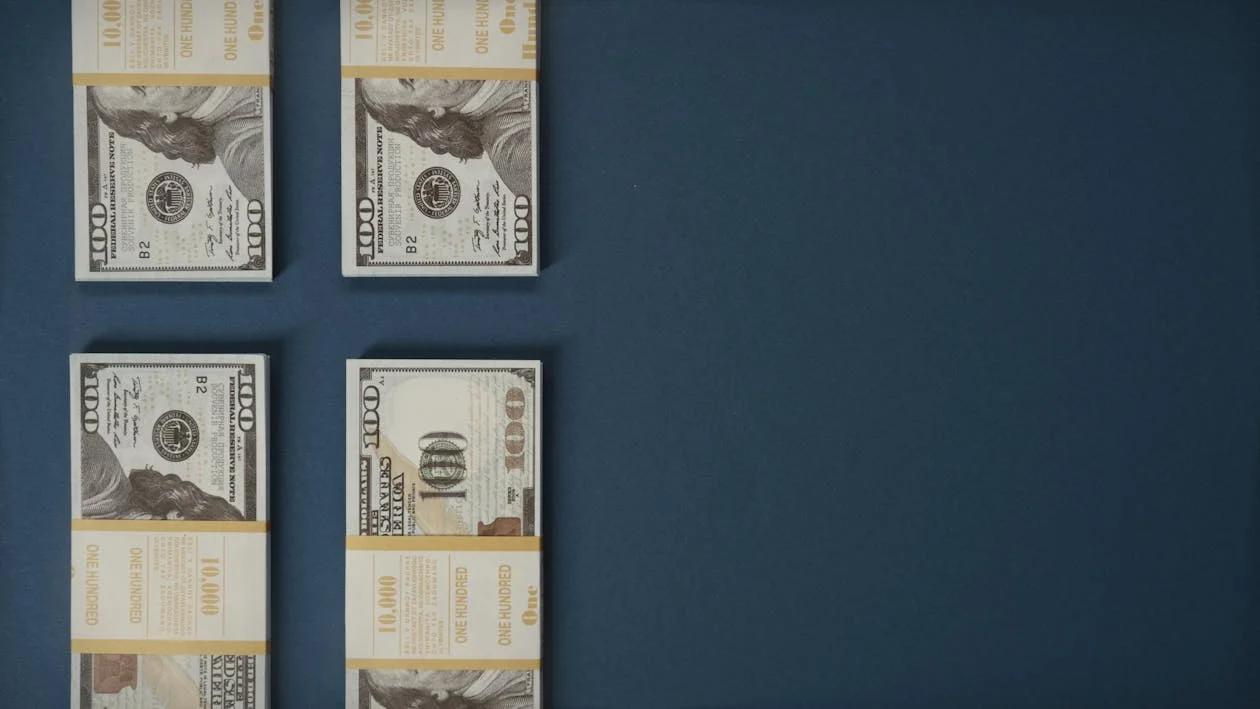The fix-and-flip strategy remains a cornerstone of real estate investment. Investors buy undervalued properties, renovate them, and sell them for a profit. However, the traditional approach often prioritizes speed and cost-effectiveness over long-term sustainability.
Let’s explore how fix-and-flip financing can embrace green practices that benefit the environment, the investor, and the future homeowner.
Why Go Green in Fix & Flips?
There are compelling reasons to integrate green practices into fix-and-flip projects:
Market Demand
Buyers are increasingly eco-conscious, seeking energy-efficient and sustainable homes. A National Association of Realtors (NAR) report indicates that 72% of buyers would be willing to pay more for an energy-efficient home [NAR Green Report]. Highlighting green features can attract a wider pool of buyers, potentially leading to a faster sale and higher profits.
Financial Incentives
Several government programs and rebates incentivize energy-efficient upgrades. Tax credits, property tax reductions, and lower utility bills for the new owner translate to a more attractive property and potentially higher resale value. Research local and federal programs to see what’s available in your area.
Reduced Renovation Costs
While some green upgrades require upfront investment, others can save money in the long run. For example, replacing outdated windows with energy-efficient ones might have a higher initial cost, but it leads to lower energy bills for the homeowner. Similarly, using water-saving fixtures reduces water consumption and utility costs.
Enhanced Property Value
Green features like Energy Star appliances, improved insulation, and sustainable building materials can significantly increase a property’s value. Appraisers consider these features when determining market value, potentially leading to a higher selling price.
Integrating Green Practices During Fix & Flips
Here’s how to incorporate eco-friendly practices throughout the fix-and-flip process:
Acquisition
Look for properties with existing green features like solar panels or tankless water heaters. Consider pre-wired homes for future solar panel installation. Prioritize properties with good insulation and natural light potential.

Demolition and Deconstruction
Focus on deconstruction instead of demolition whenever possible. This involves meticulously dismantling a structure and salvaging usable materials like doors, windows, and lumber. Salvaged materials can be reused or sold during renovation, reducing waste and lowering renovation costs.
Building Materials
Utilize recycled or sustainable building materials like bamboo flooring, salvaged wood, and Energy Star-rated appliances. These materials can be surprisingly cost-effective and contribute to a more sustainable build.
Energy Efficiency
Focus on improving insulation in walls, attics, and basements. Install energy-efficient windows and doors to reduce heat gain and loss. Consider upgrading the HVAC system to a high-efficiency model. Explore the feasibility of solar panel installation – while it might not be feasible for every project, the long-term benefits are significant.
Water Conservation
To reduce water usage, install low-flow toilets and showerheads. Consider installing greywater systems that capture used water from sinks and showers for irrigation.
Indoor Air Quality
To minimize indoor air pollution, use low-VOC (Volatile Organic Compound) paints, adhesives, and sealants. Whenever possible, opt for natural ventilation strategies.
Financing Considerations for Green Flips
While traditional lenders might not explicitly offer green financing for fix-and-flip projects, there are ways to make it work:
- Hard Money Loans:These private lenders often focus on the property’s value rather than credit score. By showcasing the potential for increased resale value due to green features, you can leverage a hard money loan for a green fix-and-flip project.
- Private Investors:Eco-conscious investors might be specifically interested in financing green flips. Highlight the project’s sustainability aspects and the potential for higher returns due to increased market demand.
- Government Programs:Research federal, state, and local programs that offer incentives for energy-efficient upgrades. These programs’ financial benefits can help offset the upfront costs of green features, making them more attractive to lenders.
Marketing a Green Fix & Flip
Once the renovation is complete, highlight the green aspects of the property during marketing:
- Professional Photography:Showcase energy-efficient features like upgraded windows and natural light in high-quality photos.
- Detailed Property Description:Clearly list all the green features incorporated during the renovation. Use keywords relevant to sustainability to attract eco-conscious buyers.
- Energy Efficiency Report:Obtain an energy audit report that documents the property’s energy performance. This provides concrete evidence of the home’s efficiency and potential cost savings for the buyer.
- Partnerships: Partnering with local green building organizations or sustainable product manufacturers can be a win-win situation. These organizations can provide expertise, marketing support, and potentially even endorsements for your green flip. They might also offer discounts on sustainable building materials, further increasing your project’s profitability.
Challenges and Overcoming Them
Integrating green practices into fix-and-flips isn’t without challenges:
Upfront Costs
While green features offer long-term benefits, the upfront investment can be higher than traditional materials. Careful planning, budgeting, and utilizing cost-effective, sustainable alternatives can help mitigate this challenge.
Finding the Right Financing
Traditional lenders might not readily offer financing for green flips. However, by exploring alternative financing options like hard money loans, private investors, and government incentives, you can overcome this hurdle.
Limited Market Knowledge of Green Features
While the demand for sustainable housing is growing, some buyers might not fully understand the benefits of green features. Investing in clear communication and education through marketing materials and open houses can bridge this knowledge gap.
Integrating green practices into fix-and-flip projects requires a shift in perspective. It’s no longer just about maximizing profit in the short term; it’s about creating a sustainable and valuable property for the future homeowner.
Take the step to go green with Insula Capital Group. We are the leading private money lenders offering fix and flip financing options to real estate investors.
Contact us today for more information.






